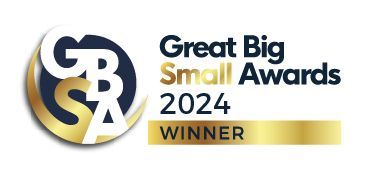How Do I Challenge A Car Insurance Write-Off?
Following an accident or other damage, your insurance company may decide that your vehicle is a ‘write-off’. In some circumstances, you do not have to accept this decision and are entitled to challenge your insurer.
If you are involved in an accident that was your fault and the cost of repair goes above 60-70% of the vehicle’s value, most insurers will write the vehicle off, stating that the vehicle is an uneconomical repair. This is because you are making a claim within the terms of your insurance policy, and most policies state a maximum repair cost of 60-70%.
However, if you are involved in an accident that wasn’t your fault (non-fault), we would advise claiming directly via the other party’s insurance. In most cases, you have a legal right to have the vehicle repaired up to 100% of its value, and at a repair centre of your choice – without penalties, or having to pay your excess.
There are occasions where the vehicle may be written off, regardless of cost. This may happen when the vehicle is categorised as ‘A’ or ‘B’. Please see our blog ‘What should I do if my vehicle is written off by my insurer?’ to find out how write-offs are categorised.
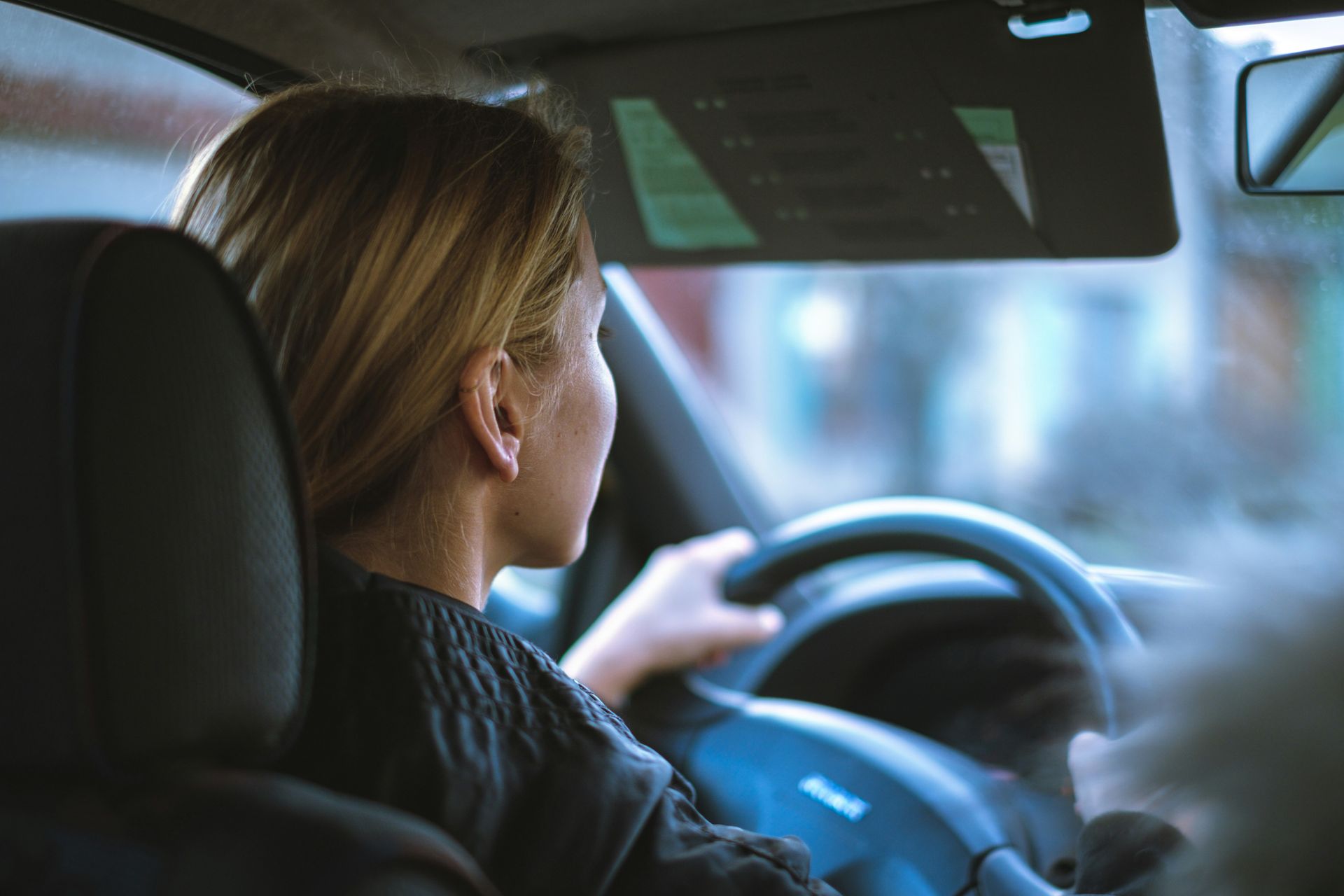
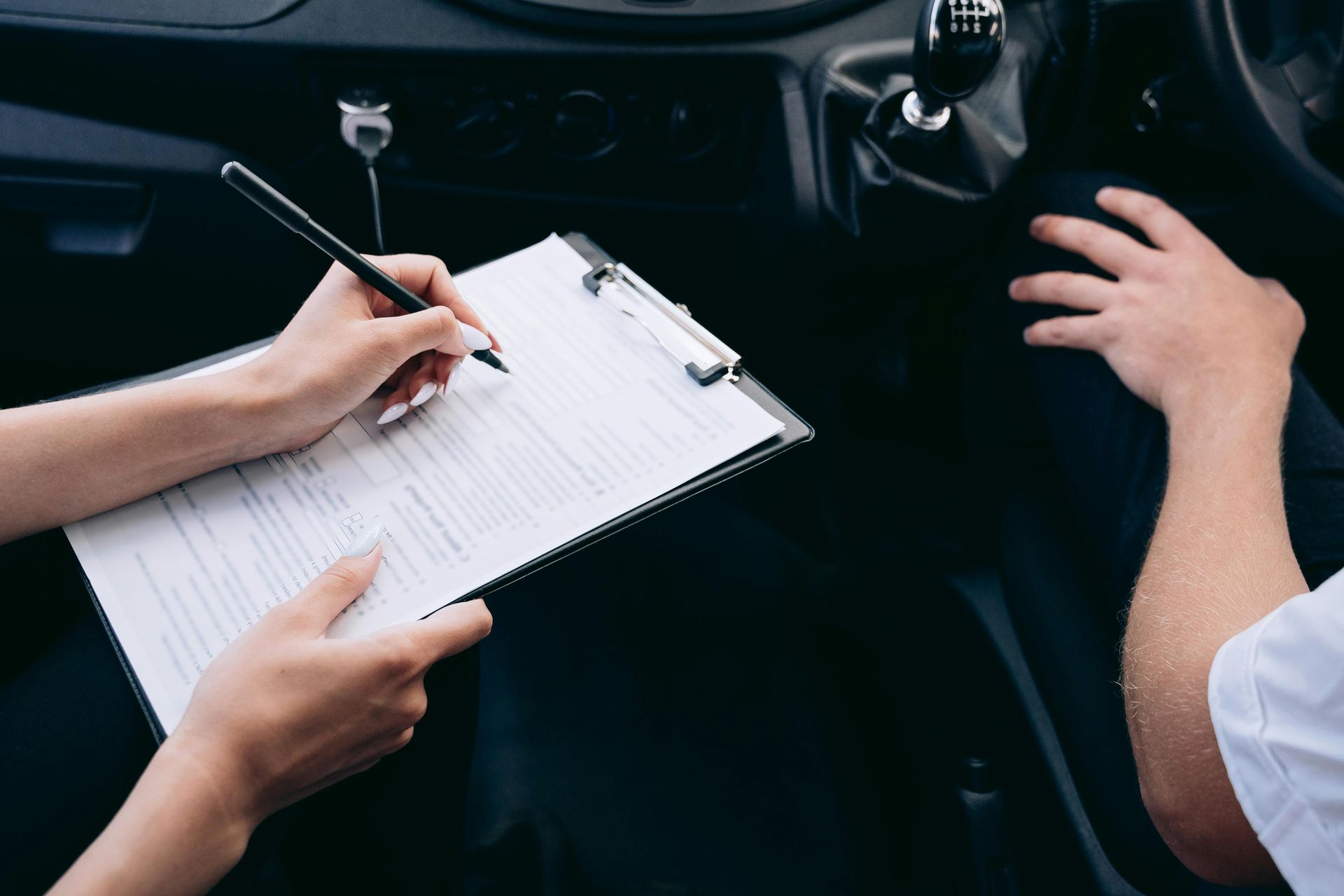
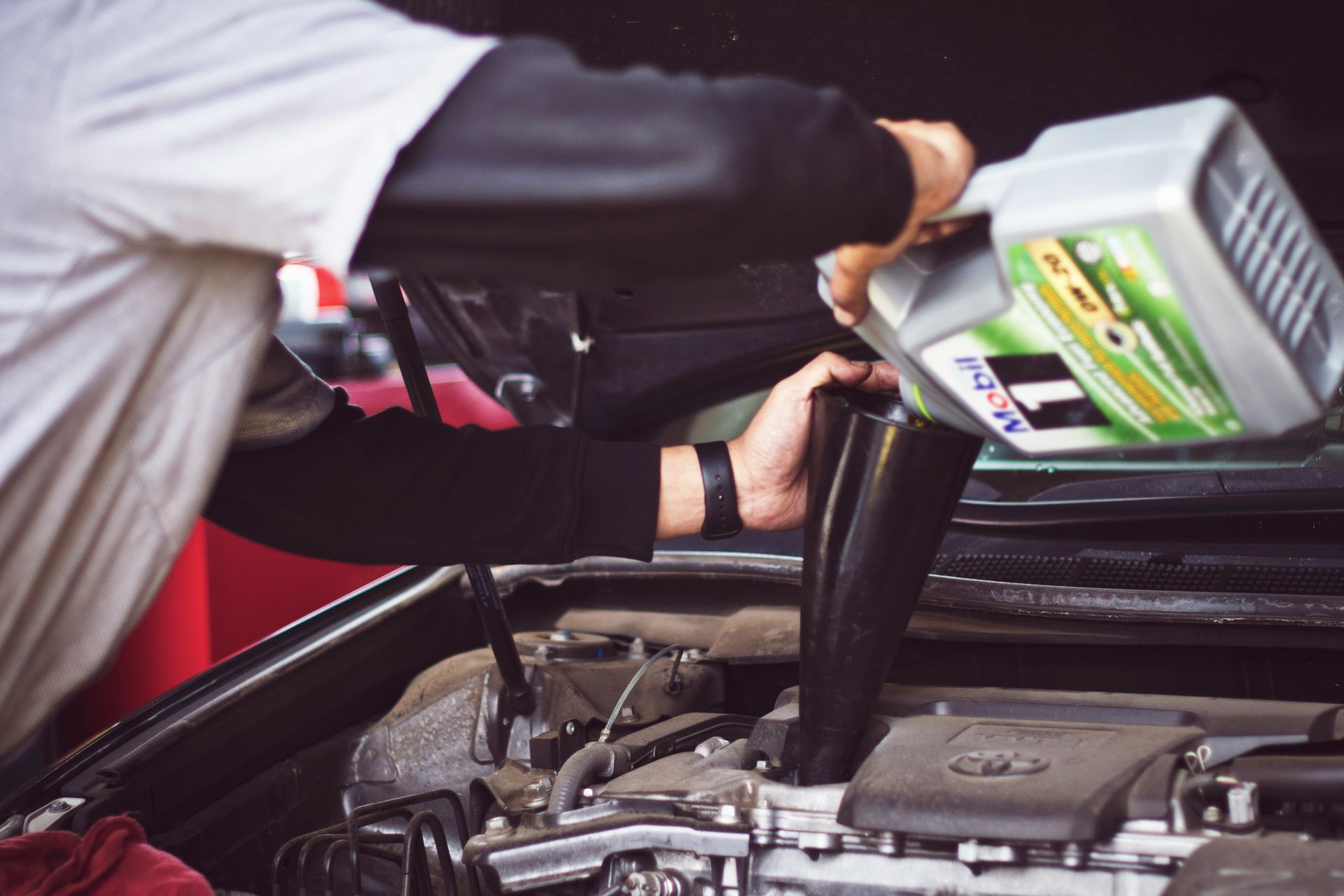
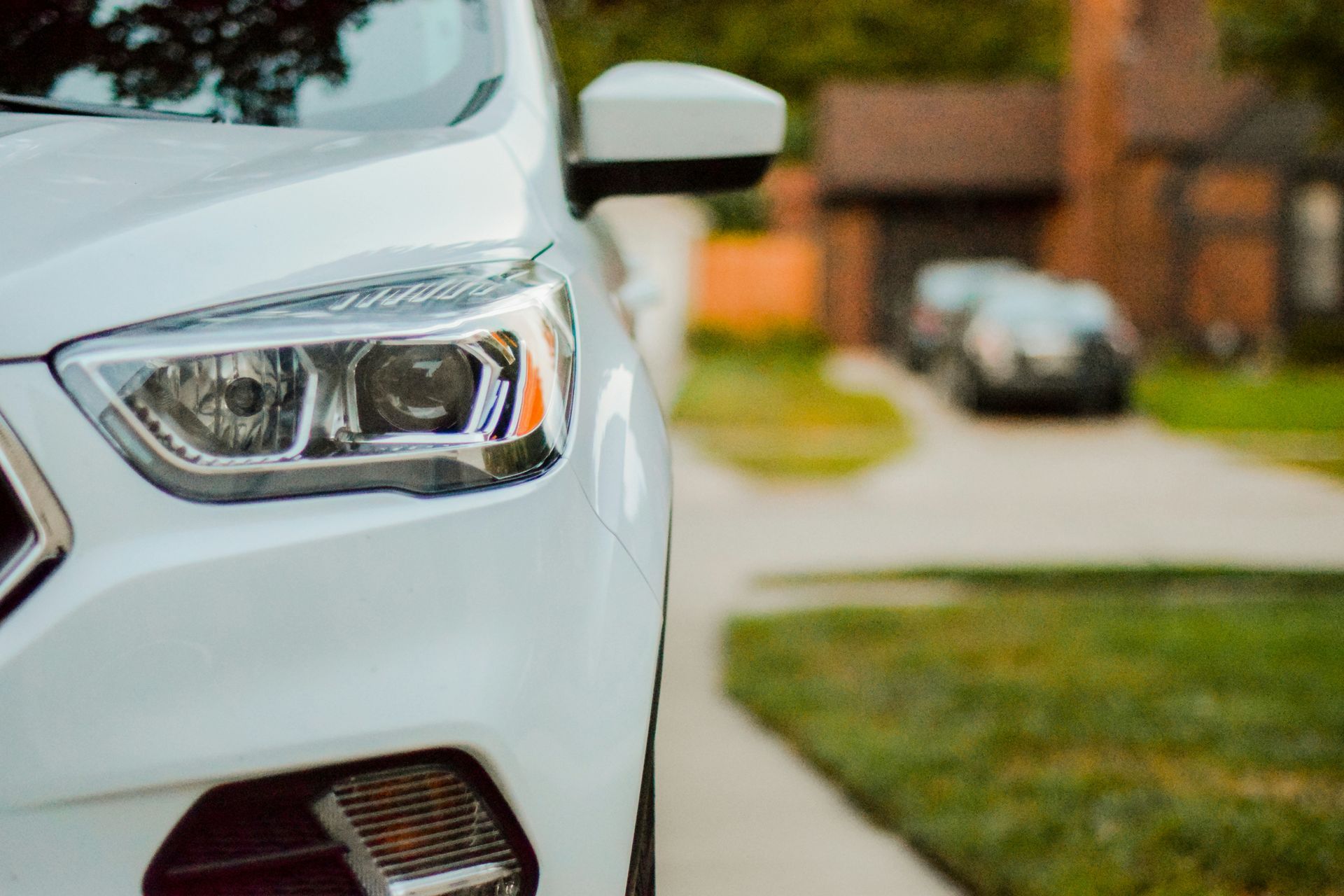



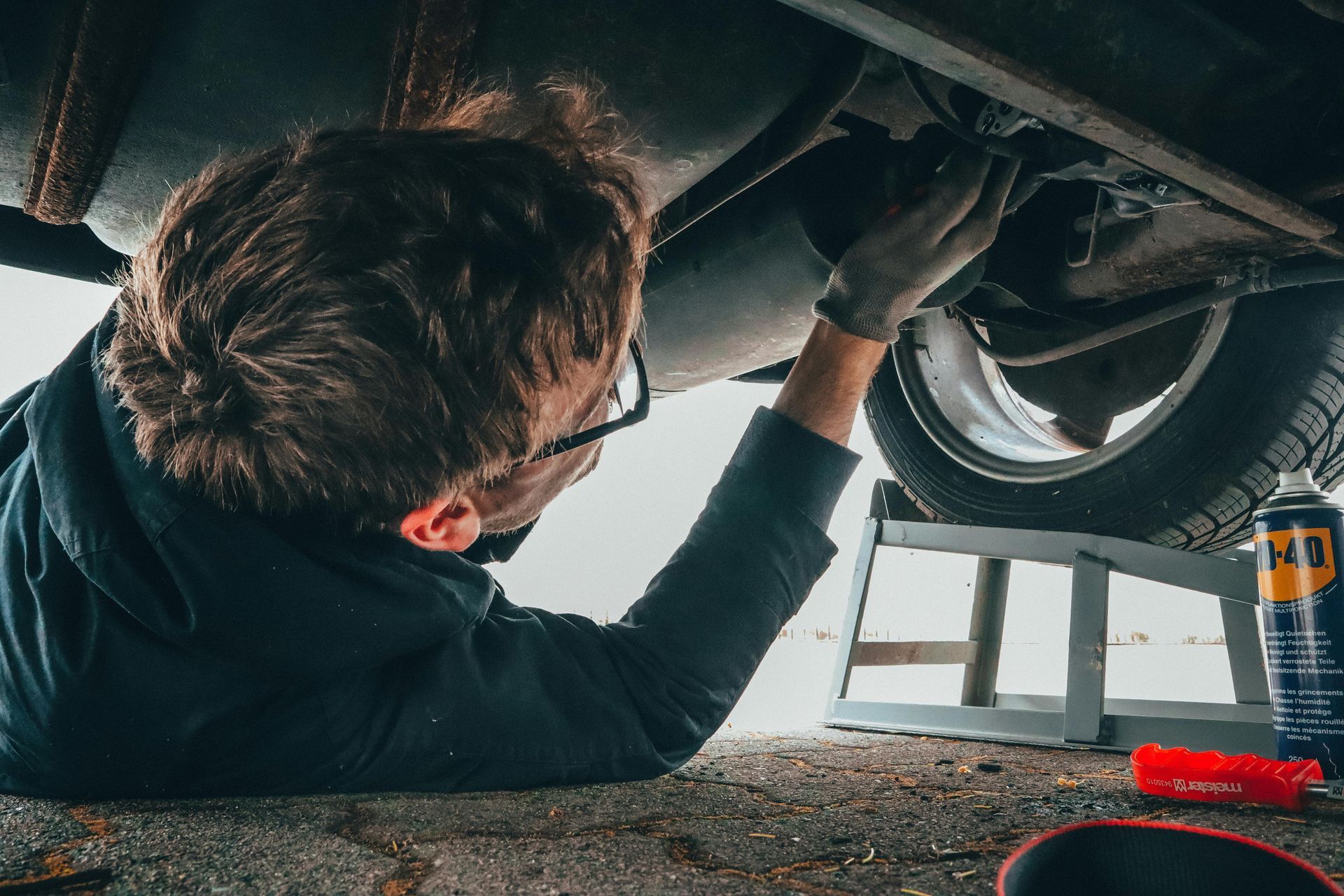

Whether you are just browsing for information, doing some research on prices or are ready to make a booking, getting in touch is always the easiest way to get started at CARS.
Ask our customers
Find out from our customers why we're rated one of the top auto services in the area.
Ask our Service Team
Read through our frequently asked questions or speak with our Service Team.
Or simply give us a call
Our friendly and professional team is here to answer your questions.
MON TO FRI - 8AM TO 5PM l SAT - 8AM TO 10:00AM
+44 (0)1472 453622
SERVICES
CUSTOMER SERVICES
GET IN TOUCH
Telephone: 01472 453622
Email: enquiries@cars-grimsby.co.uk
Unit 2
Estate Road 8
South Humberside Industrial Estate
Grimsby
North East Lincolnshire
DN312TG
© 2024 CARS of Grimsby Ltd | Privacy Policy


